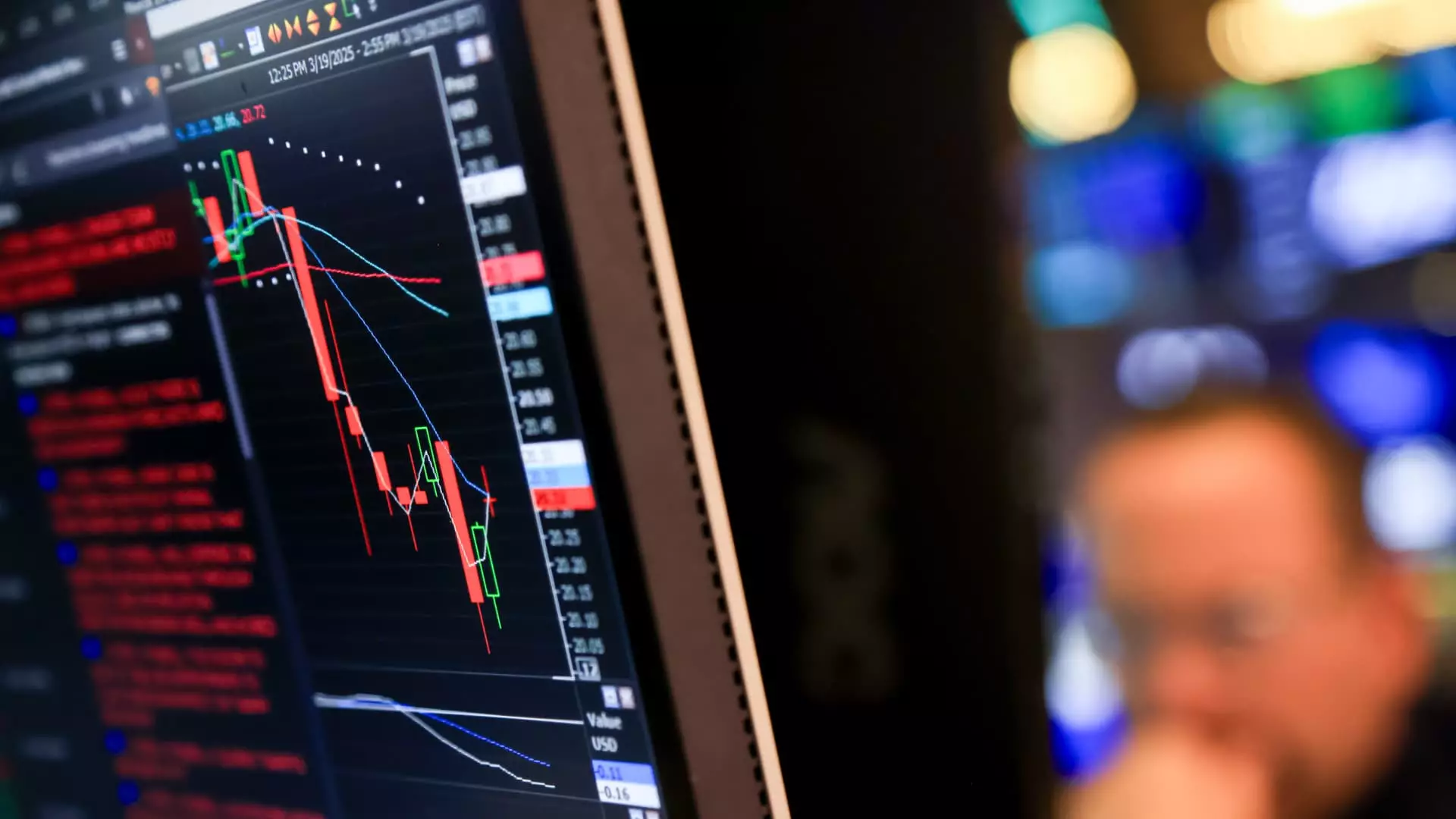Venture capital (VC) firms constantly navigate a fluctuating environment, balancing the ebbs and flows of the global economy. The recent turmoil in the stock market has revealed the precarious nature of this industry. When significant fluctuations hit the public markets, the repercussions resonate throughout the realms of private investment. As seen in the aftermath of recent multitrillion-dollar losses, emerging technologies and innovative startups face an uphill battle for funding. Such instability is compounded by an observable trend: startups are opting to stay private for more extended periods, thus amplifying the pressure on venture capitalists reliant on public offerings or acquisitions to yield returns on their investments.
With U.S. tariffs announced and investor sentiment dipping, many technology companies have scrambled to delay Initial Public Offerings (IPOs) and acquisitions, leaving venture capitalists to reevaluate their strategies. Companies like Klarna and StubHub have opted to pause their plans, amplifying the financial predictions for a sector already feeling the heat. “Nobody can take the risk of going public in such turbulent waters,” remarks Tobias Bengtsdahl, a seasoned partner at VC firm Antler’s Nordics fund. His words highlight the stark reality that the interconnection of markets makes it increasingly challenging for startups to secure the capital they require as valuations may plummet.
The Liquidity Dilemma of Private Markets
Private markets are often characterized by their lack of liquidity—investors cannot quickly sell their shares as they can in public markets. Therefore, venture capitalists and private equity owners are acutely aware that their opportunities for exits are confined to IPOs or mergers and acquisitions. This situation puts considerable pressure on general partners, who manage VC funds, as they are continually compelled to deliver returns to their limited partners—those who have invested in hopes of significant gains.
The tension is often amplified for later-stage firms as they hover nearer to potential IPOs and hence are more sensitive to the volatility that underpins public markets. In times of instability, startups face greater scrutiny and must exhibit resilience to attract investment. “Our evaluations remain untouched by the stock market’s whims, but every equity round can reshape the landscape,” warns Bengtsdahl as he reflects on how valuations primarily shift during fundraising rounds, emphasizing the unique challenges that late-stage firms currently face.
Opportunity for European Startups
However, amid these challenges, a silver lining emerges for European tech startups. Some analysts suggest that as U.S. investment conditions tighten due to increasing uncertainties, emerging markets—especially in Europe—could become fertile grounds for growth. With the prevailing sentiment reflected by Sanjot Malhi from Northzone, the current climate may inadvertently fuel a migration of talent and liquidity toward European shores, where conditions appear more favorable for budding entrepreneurs.
Malhi’s observations suggest that the relocation of talented individuals and investments away from the U.S. market could catalyze a stronger European tech ecosystem. “In times of uncertainty, it’s natural for businesses to seek more stable environments,” he elaborates, alluding to the responsibilities that founders feel to foster a resilient European tech landscape. The potential to innovate and solve problems within the European context could indeed mark a shift for the continent’s startups, redefining the venture capital landscape.
Possible Alternatives and the Future Landscape
Though IPOs may be receding momentarily, M&A activity remains a viable exit strategy for venture capitalists. Malhi notes that even if the climate for public listings deteriorates, demand for acquisitions may persist as investors continue to seek pathways to resolve liquidity issues. This expectation places an additional layer of urgency on startups to remain agile and cultivate unique propositions that could lead to lucrative buyouts.
However, the ripple effects of a contracting market situation present inherent risks, including down rounds where startups may have to accept reduced valuations to secure additional funding. Such scenarios may constrain the ambitions of growth-stage firms that find themselves needing to bridge capitalization gaps until more advantageous market conditions emerge.
As investors contend with considerable uncertainty and recalibrate their expectations, there remains a glimmer of hope—big tech IPOs may resurface, potentially rejuvenating enthusiasm among venture capitalists. The world of investment is fraught with unpredictability, and as markets evolve, the act of closely monitoring conditions will be paramount for those looking to thrive in a complex landscape turned upside down by geopolitical tensions and economic volatility.

